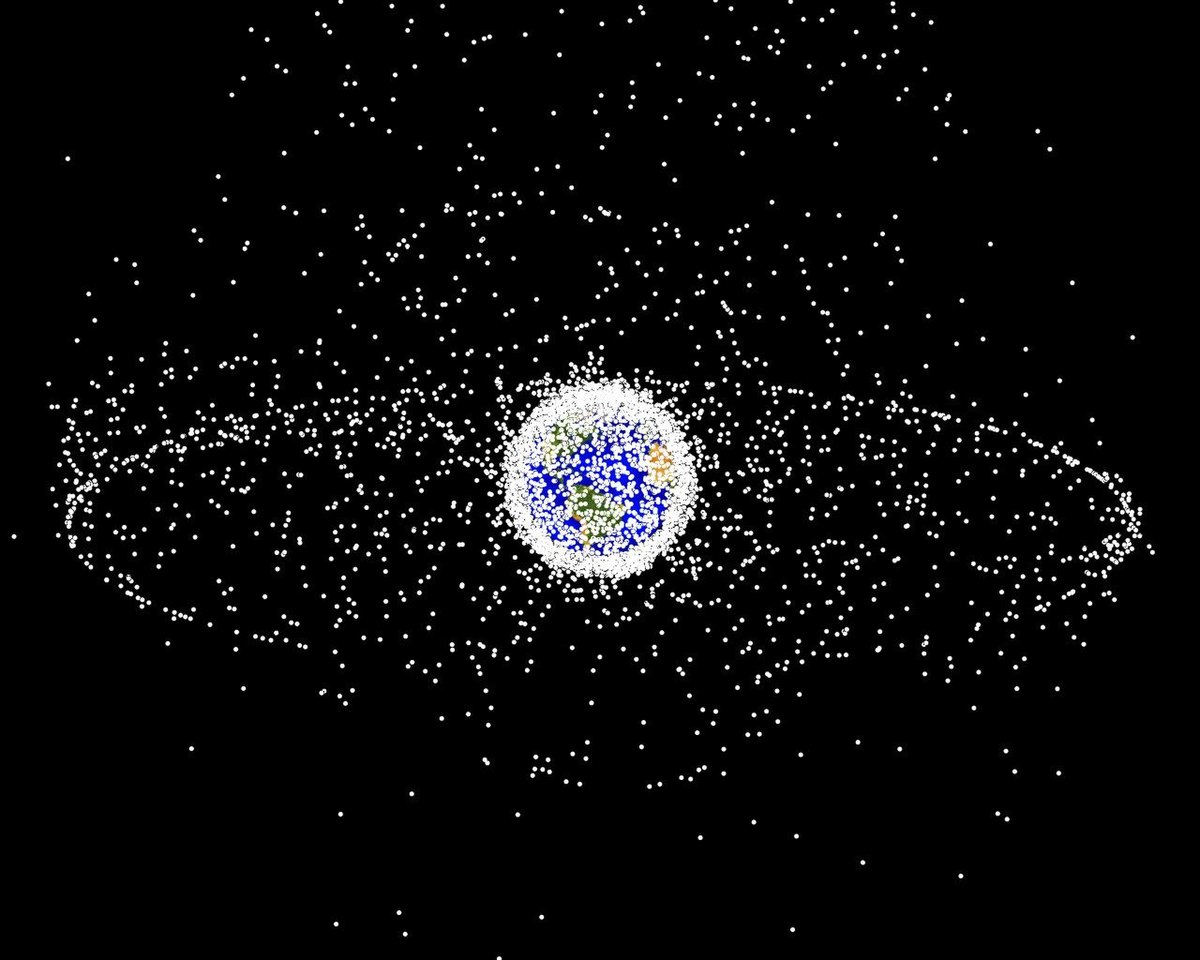Not a contract yet, but could lead to some contracts:

FWIW, unlikely this ever represents a full launch, so unlikely more than a small drop in the revenue bucket.
Bit editorial here, but IMO the various "space tug" type companies out there are going to be fighting a shrinking market with as time moves on. With the progress being made on affordable electric propulsion--not to mention opening up electric propellants beyond the traditional and massively expensive Xe (a lot of the world's supply comes from the Ukraine....), its becoming far more practical and efficient to just have a full-up satellite rather than have a third party solution (and corollary interfaces) to do the lifting.
There's also regulations that are either in place or about to be put in place that require satellites bigger than a ~cubesat to have on board propulsion for COLA, and then there's also similar deorbit-to-reentry (rather than deorbit to graveyard) regulations--including a max timeline--that effectively require many satellites to carry quite a bit of propellant to deorbit to a tenable altitude. At that point it's not a massive <ahem> lift to also carry enough propellant for orbit raising as well.
IMO about the only space that could have some sustainable market is recovery--if there's a dead sat floating around everyone else would greatly prefer it be removed. The current problem we're seeing with that notion is: who is actually responsible. Sure, if it's a megaconstellation, it's probably in their best interest to get the dead satellite out of orbit for their own sake. But if its a smaller entity in much less statistical jeopardy from that dead sat than, say, the megaconstellations, that smaller company doesn't really have a lot of incentive to take action, especially when that action is fairly costly and 0% ROI.
There's also a technical element to recovery that's not a slam dunk. Yeah, if the dead sat is stable (no or very low spin rates) then its reasonable to capture...but once the rates start ramping up--and certainly if the rates are across multiple axes--it gets really REALLY had to capture.
Nevertheless, there's definitely conversations going on regarding this kind of scenario, and at some point we'll likely (hopefully?) see some level of regulation...though without full global compliance (looking at you, Jai-Nuh) its going to be an uphill battle.
Somewhat related, at the big smallest conference last week in Mountain View (as opposed to the big one in Logan that's always in August...) Dankberg actually called for proactive action to mitigate worst case scenarios. In a nutshell his proposal is to limit total mass and satellite area relative to an orbit, with a corollary to limit what would become an explosion in space real estate. Obviously the concept is a shot directly at Starlink (and Kuiper) so there's more than just a Good Samaritan agenda going on, but rising above that it does carry some pretty sound logic.
"SpaceX Dragon 16" by Astro_Alex is licensed under CC BY-SA 2.0.
Admin note: Image added for Blog Feed thumbnail






